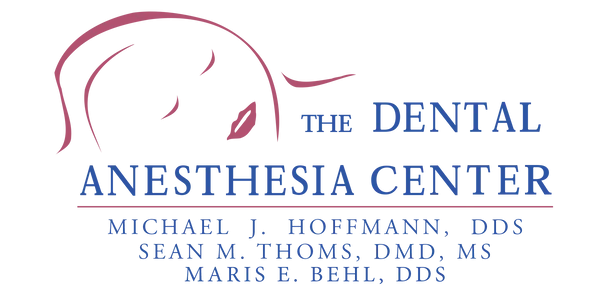Sealants are not a substitute for brushing and flossing, but they do help keep cavities from forming.
Brushing and flossing are indeed the best ways to prevent cavities, but it’s not always easy to get every little crevice and crack of your teeth. This is especially true of your molars. Our molars are uneven and rough and provide the perfect place for bits of food to hide, creating cavity-causing bacteria.

What Are Dental Sealants?
Thanks to modern dentistry, sealants can help keep those teeth clean. A sealant is a thin, protective coating that adheres to the top surface of your back teeth. Sealants are made from plastic or other types of dental materials. Sealants are not a substitute for brushing and flossing, but they do help keep cavities from forming. They may also even be able to stop the early stages of tooth decay from becoming a full-on cavity.
Dental Sealant FAQ
If you are a parent or guardian, you may have several questions about sealants and how they work. Below are answers to some of the most common questions we get asked regarding dental sealants:
- How do dental sealants work – When it is raining outside, you put on a raincoat to stay dry. Dental sealants work the same way. A thin coating of sealant is applied to the teeth, and after it dries, it keeps cavity-causing bacteria from settling on your teeth.
- Who can get sealants – Children, adults, and patients with special needs. We all can benefit from a little extra help. Patients with physical or mental disabilities, such as dementia or autism, often have difficulty with regular oral care routines. Sealants will add a barrier of protection to prevent cavities.
- When should sealants be applied – While both children and adults can benefit from sealants, it’s suggested that the younger, the better. A child’s first molars appear around 6 years of age, and at about 12, the second molars break through. Sealing these teeth as soon as they emerge can prevent cavities from the start.
- How are dental sealants applied – It is a very quick and pain-free process. The dentist will clean and dry your teeth and will then apply an acidic gel. The gel will set on your teeth for a few seconds, and then your dentist will rinse it off before applying the sealant. A special blue light will be used to harden the sealant.
- Are there any side effects – Unless a patient has an existing allergy, there are no known side effects from dental sealants.
- How long do dental sealants last – Sealants generally last for a few years before they need to be reapplied. At each dental visit, your dentist will check the condition of your sealant and will reapply it as needed.
Sealants are a Great Option for Kids
Studies give evidence that sealants reduce the risk of decay by almost 80%. This is especially important for your child’s oral health. According to the CDC, children between the ages of 6-11 have nearly three times more 1st molar cavities without sealants than those that have them.
Call Us Today
The only board-certified dental anesthesiologist in Missouri, including St. Louis.
